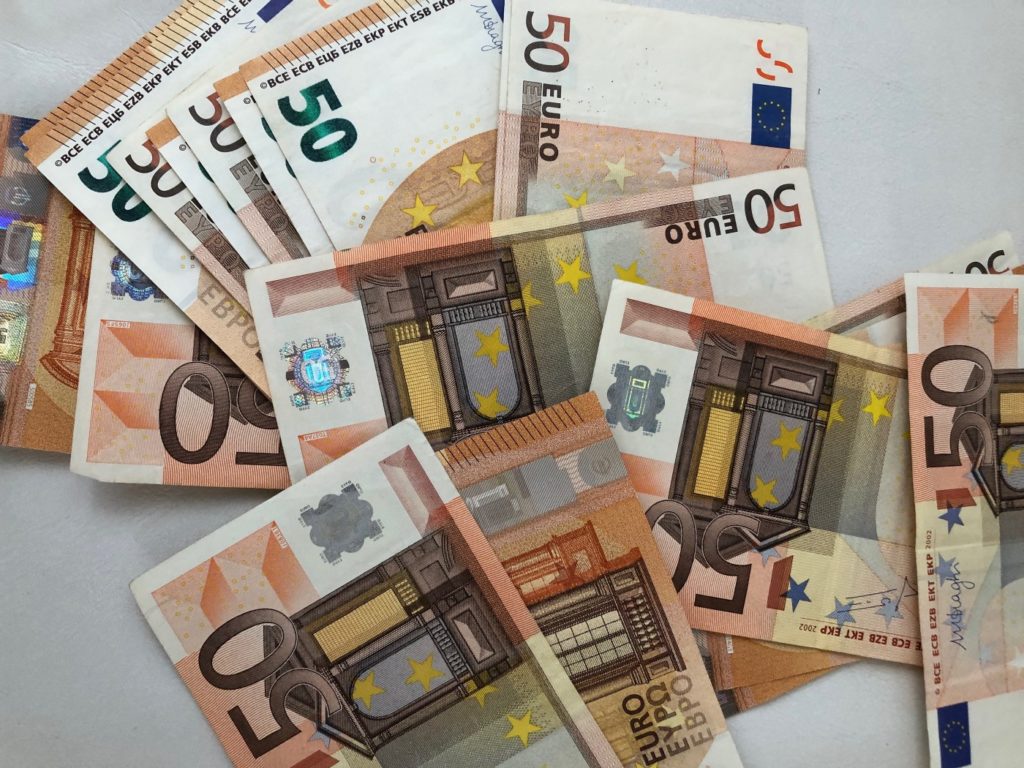Is your website already a high-converting affiliate marketing machine?
If you’re like most publishers, the answer probably lies on the spectrum between “Not sure?” and “No way.”
The reason is, it can be hard to know how to optimize and improve the performance of your website from an affiliate revenue perspective. And it’s not your fault.
Most analytics tools out there are more optimized for brands than for publishers. This can mean it’s hard to actually track the kind of metrics and KPIs affiliates should be monitoring.
But getting data in the hands of publishers like you is great for everyone: brands and affiliates.
Monitoring and improve the right metrics as an affiliate can help you:
- Earn more in commissions from existing content
- Create new content about the right topics and products
- Identify expensive issues early on and fix them quickly
This post is going to be all about demystifying which analytics to track as an affiliate, how your website as an affiliate fits into your brand partner’s sales funnel, and the top 3 metrics to monitor to keep you on track.
Leading vs Lagging KPIs
KPIs (Key Performance Indicators) are metrics you can use to check how your site is performing as an affiliate. In short, they boil down the complexity of your business to numbers you can track, monitor, and improve.
Most KPIs can be divided into two categories: leading indicators and lagging indicators.
Leading indicators are early signs that our business is going in the right direction. For example, clicks on affiliate links or pageviews to monetized content are usually a precursor to affiliate commissions.
Lagging indicators are the output of your work, like commissions earned.
As an affiliate, we want to focus on both: run experiments to improve leading indicators, then monitor the results as lagging indicators.
Here’s how we’ll do it.

Three Levers of Revenue
There are three main levers that determine how much revenue you’ll earn, whether you’re a brand or a publisher:
- Conversion Rate
- Average Order Value
- Volume
Successfully turning up the dial on any of these affiliate metrics can help us become more successful, whether we’re a brand partner or an affiliate. And there are smaller metrics that contribute to each of these we can adjust, measure, and grow along the way
Here’s how to measure each metric, what they tell you, and tips for improving them.
Affiliate Marketing KPIs for Publishers
As a Publisher, these are the topic metrics you’ll want to keep an eye on beyond the net profit of your website. At the end, we’ll tell you how to start tracking these metrics in an automated way.
- Revenue Per Page
- EPC or eEPC (Earnings Per Click, By Merchant)
- AOV (Average Order Value)
- Conversion Rate
- RPM (Revenue Per Milli)
- CTR (Click-through rate)
- Traffic (To Monetized Content)
Revenue Per Page
It’s not enough to know how much money you’re earning in affiliate commissions each month. You need to know how much each piece of content on your website is earning.
That’s because most websites will have their highest revenue pages concentrated within a small subset of their overall content. You need to know which they are so you can both create more, similar content, but also make sure those key pages don’t slip in ranking.
The main way you can do this is through SubID tracking. Refersion offers this feature to affiliates using the query parameter “subid”.
For example, if you have an affiliate link from a brand using Refersion for their affiliate program, you’ll want to add &subid=name-of-your-page to the end of each link on your site: https://www.yourdomain.com?rfsn=123456.abc123&subid=name-of-your-page
Every network has a different format, and it has to be done for each link.
You can adjust these yourself, or if you already have hundreds or thousands of links, Affilimate can do it automatically for you (more about that later).
EPC or eEPC (Earnings Per Click)
Earnings per Click tells us how effectively the clicks we send to brands and partner websites are converting into revenue. On the flip side, it can also tell us how well-informed and prepared the people are who go from our site to a partner’s website.
Earnings per Click is usually measured in one of two ways: eEPC (effective earnings per click) which is simply: Revenue / Clicks * 100 or EPC (earnings per click) which is the same without being multiplied by 100.
AOV (Average Order Value)
Let’s imagine you’d like to earn $1,000 as an affiliate and your commission with a given brand is 10%. To reach that milestone, it’s a lot easier to convert 50 people spending $200 each than it is to convert 500 people spending $20 each.
That’s why promoting pricer products, or products with a higher percentage commission can be much more effective than relying on volume of conversions.
Not all networks will provide this information. You can partly substitute it with a metric like Average Commission (AC), which can overall tell you whether you’re effectively promoting products with higher commissions.

Conversion Rate
Similar to Revenue Per Page, you should be watching your conversion rate on a Page and Product level.
Your Conversion Rate both indicates how compelling your content is, but also how well the brand’s sales and product pages convert.
If your conversion rate doesn’t look great, you can try improving your on-page copy, presentation of affiliate links, or link to a different page on the brand’s website such as a product page instead of a category page (or vice versa).
RPM (Revenue Per Milli)
Revenue Per Milli (RPM) refers to the revenue per 1,000 visitors to a piece of content.
For example, if you have a page with an RPM of $200, it means you can expect to earn $200 in commissions for every 1,000 people visit that page on your website.
This metric can be helpful when identifying content you want to focus on ranking higher in Google, creating supporting content, and so forth.
Sometimes it’s easier to grow traffic to an existing page than it is to create new content that will perform as well. A high RPM is a good indicator that people who discover that page are ready to buy — so the level you want to turn up is Volume.
CTR (Click-through rate)
Click-through rate is a leading indicator of revenue, because, well, commissions don’t happen without clicks!
Even though optimizing for pure clicks isn’t a one-way ticket to conversions, an up-tick in clicks can tell us we’ve done a good job improving our content and informing readers enough to visit a brand’s website for more details.
It’s also an early indicator of the buying intent of the reader. If you notice that similar pieces of content have highly varying click-through rates, it’s a good sign to check the differences in formatting and copy.
Traffic (To Monetized Content)
Finally, traffic is an important leading indicator, but it’s important to distinguish between monetized and non-monetized content.
Growing traffic to pages that aren’t monetized with affiliate links can work well if you’re focused on ad revenue, but the great thing about affiliate marketing is that you don’t need a huge amount of traffic to be profitable: you just need the right kind of traffic.
Growing traffic to effectively monetized content is a good step to take if your pages are already resulting in clicks and conversions, but could do even better with more eyeballs on them.
How to Track Key Metrics Easily as an Affiliate
And while it might look like a lot to keep track of, you can do this pretty easily if you have a well-configured affiliate dashboard like Affilimate.
We recently partnered with Refersion to help automate some of these affiliate tracking best practices, monitor your revenue across different networks like Refersion, and optimize affiliate performance with on-page techniques.
— — — — — — — — — — — — — — — — — — — — — — — — — — — — — —
This is a guest post from our friends at Affilimate who help publishers collect affiliate revenue and analytics in one place so they can optimize conversion and grow earnings. Click here to learn more.
If you have questions about this post, or metrics you especially find helpful to track, feel free to let them know on Twitter at @affilimateio.



